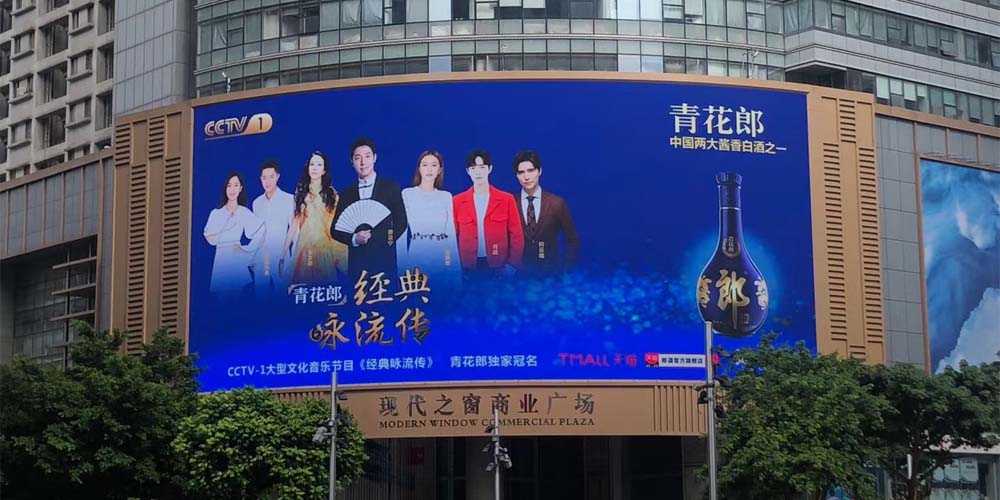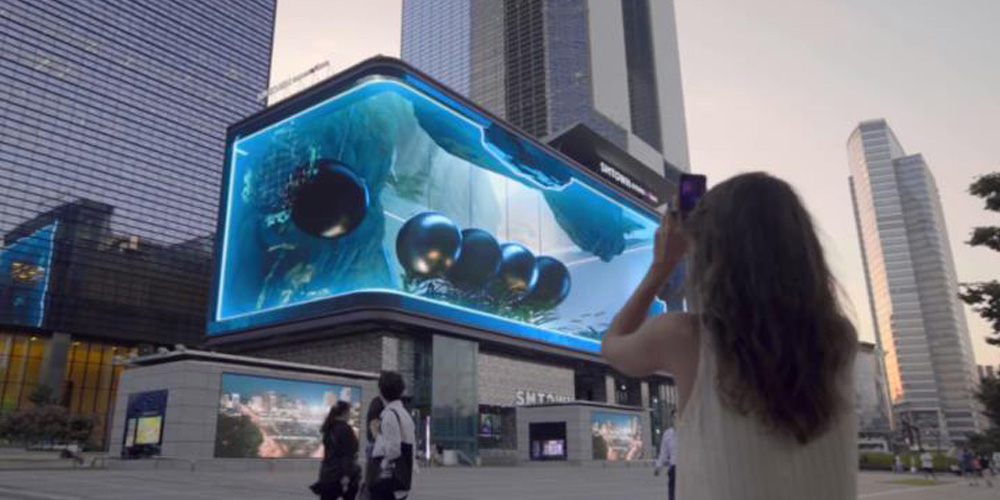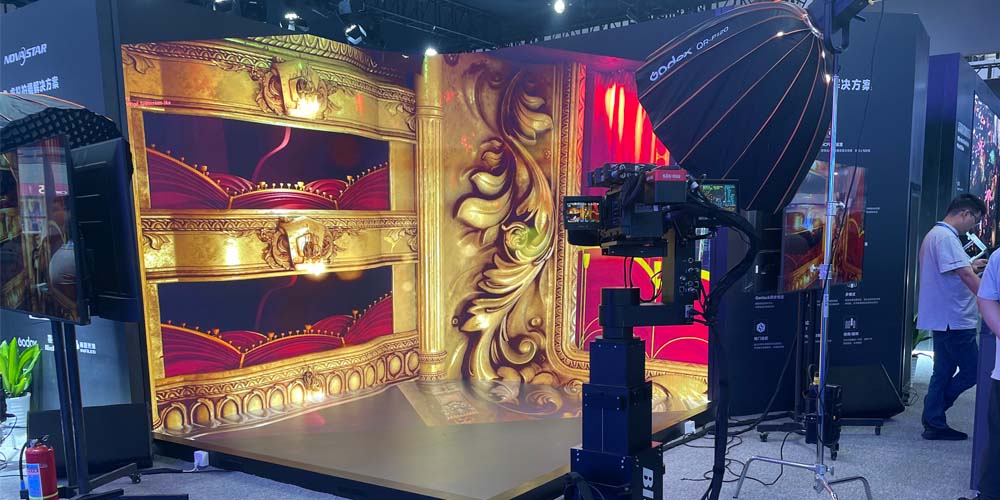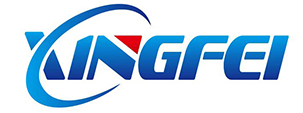When choosing an LED display screen, you often consider parameters like pixel pitch, indoor or outdoor use, fixed or rental setups, maintenance type, LED lamp brand, and SMD type. However, an equally crucial factor is the refresh rate, commonly 1920Hz, 3840Hz, or even 7680Hz. What does refresh rate mean, and how does it affect your LED screen? This article explores these questions from a user perspective, focusing on experience, usage scenarios, and environmental factors.
1. What Is Refresh Rate?
The refresh rate is the number of times per second the display updates its image, measured in Hertz (Hz). It is crucial for the stability and non-flickering quality of an LED display. Generally, refresh rates above 60Hz are indistinguishable to the human eye, but higher rates like 1920Hz, 3840Hz, and 7680Hz significantly improve image quality, especially for dynamic content.
1.1 What Is A Good Refresh Rate?
Choosing the right refresh rate for your LED video wall depends on its intended use. Here are some key considerations:
Application:
General Displays (public displays, digital signage): A standard refresh rate ensures smooth display of text, images, and videos.
Live Broadcasts and Streaming: Higher refresh rates reduce motion blur and provide clearer live images.
Sports Events and Concerts: High refresh rates handle fast-moving images, enhancing viewer experience.
Outdoor and High Brightness Displays: High refresh rates maintain clarity in bright environments.Viewing Distance and Screen Size:
Close Viewing Distance: Higher refresh rates reduce flicker and motion blur for a better viewing experience.
Large Screens: High refresh rates offer uniform and smoother images.Content Type:
Static Content: Standard refresh rates suffice for static images or text.
Dynamic Content: Higher refresh rates are necessary for videos or animations, especially fast-moving content.Ambient Light Conditions:
-Outdoor or Bright Environments: High brightness and refresh rates ensure clarity in bright light.
Technical and Budget Considerations:
Technical Compatibility: Ensure the hardware and control system support the required refresh rate.
Budget Constraints: Higher refresh rates generally cost more, so balance performance and cost.
By considering these factors, you can choose the optimal refresh rate for your LED video wall to ensure the best visual performance and user experience.
2. How to Choose Between 1920Hz, 3840Hz, and 7680Hz?
With advancements in LED display technology, refresh rates have progressed to 1920Hz, 3840Hz, and even 7680Hz. Since the human eye cannot easily distinguish between these rates, how should you choose?
1920Hz:
– Ideal for outdoor displays and media advertising screens (DOOH) such as advertising LED screens and outdoor video walls.
– Suitable for viewing distances of 10m-200m, where high brightness and cost-effectiveness are priorities.

3840Hz:
– Recommended for indoor use in stage performances, concerts, and events with close viewing distances.
– Ensures high-definition video capture by mobile phones or cameras.
– Necessary for small pitch displays below 2.5mm, COB, and 3D naked-eye LED billboards.

7680Hz:
– Used in large 3D LED displays and LED virtual production technology in the film industry.
– Essential for media publicity, photography, and videography to reduce visual artifacts and ensure authentic image capture.

3. Conclusion
If you’re unsure about choosing the right refresh rate, 3840Hz is generally preferred for both indoor and outdoor LED displays, including fixed and rental setups. For specialized uses like COB, 3D naked-eye, and XR LED billboards, 3840Hz is the minimum requirement, while 7680Hz is crucial for XR virtual production. Balancing performance and budget will help determine the best refresh rate for your needs.



